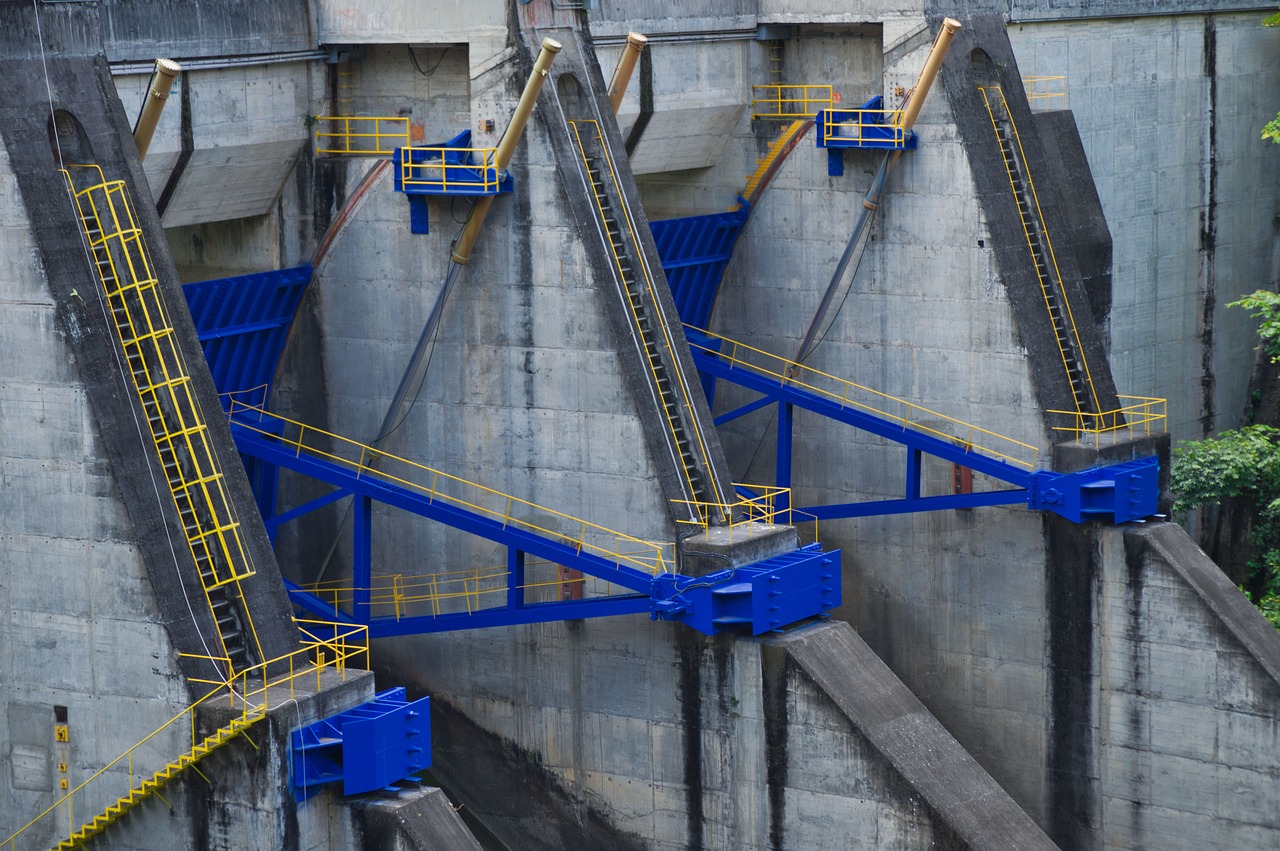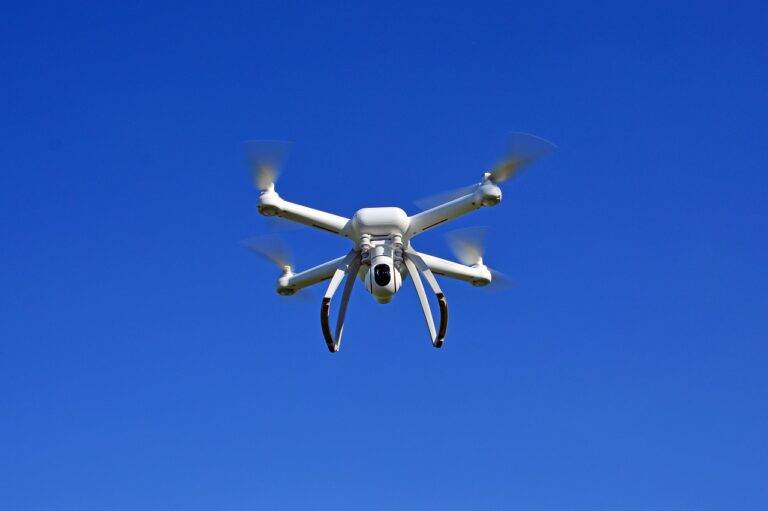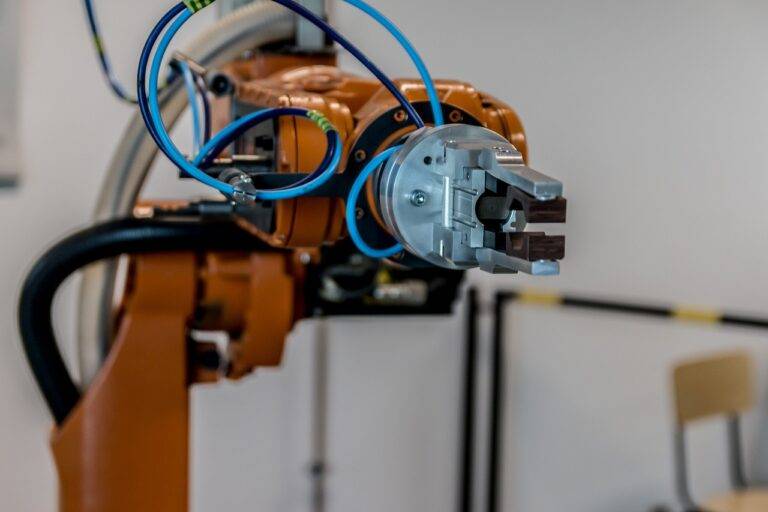The Future of Tech in Environmental Conservation
Addressing the challenges in environmental conservation requires a collective effort from governments, organizations, and individuals. One of the main obstacles is the lack of awareness and understanding of the importance of preserving biodiversity and ecosystems. This ignorance often leads to unsustainable practices that harm the environment.
Another significant challenge is the conflict of interests between economic development and environmental protection. Many industries prioritize profit over sustainability, leading to deforestation, pollution, and habitat destruction. Balancing the need for economic growth with the imperative of conservation remains a complex and ongoing struggle in the field of environmental conservation.
Emerging Technologies in Wildlife Monitoring
One innovative technology revolutionizing wildlife monitoring is the use of unmanned aerial vehicles (UAVs), also known as drones. Drones equipped with high-resolution cameras can cover large areas of land, providing researchers with valuable data on animal populations and movements. This technology allows for more efficient and cost-effective monitoring compared to traditional methods, such as manual surveys or camera traps.
Another emerging technology making waves in wildlife monitoring is the use of satellite tracking devices. These small, lightweight devices are attached to animals to track their movements in real-time and collect vital data on their behavior and habitat use. Scientists can analyze this data to gain insights into animal migration patterns, population dynamics, and the impact of environmental changes on wildlife species.
What are some challenges in environmental conservation?
Some challenges in environmental conservation include habitat destruction, climate change, pollution, and poaching.
What are some emerging technologies in wildlife monitoring?
Some emerging technologies in wildlife monitoring include GPS tracking devices, camera traps, drones, acoustic monitoring devices, and satellite imagery.
How can these emerging technologies help in wildlife conservation efforts?
These emerging technologies can help in wildlife conservation efforts by providing real-time data on animal movements, population sizes, and habitat use. This information can help conservationists make more informed decisions and develop effective strategies to protect wildlife.
Are there any limitations to using emerging technologies in wildlife monitoring?
Some limitations of using emerging technologies in wildlife monitoring include high costs, limited access to remote areas, data privacy concerns, and potential technical failures. It is important to consider these limitations when implementing these technologies in conservation efforts.





